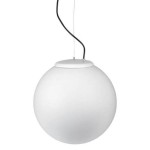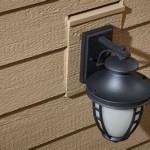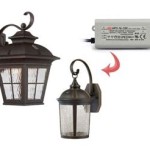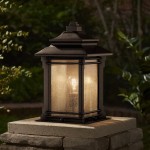Best Type of Paint for Outdoor Metal Furniture
Maintaining the aesthetic appeal and structural integrity of outdoor metal furniture requires selecting the right paint. Exposure to the elements, including fluctuating temperatures, moisture, and UV radiation, necessitates a paint specifically formulated to withstand these challenges. Choosing the correct paint ensures long-lasting protection and minimizes the need for frequent repainting.
Several factors contribute to the effectiveness of outdoor metal furniture paint. Durability is paramount, resisting chipping, peeling, and fading. Weather resistance is crucial, providing a barrier against rain, snow, and sunlight. Furthermore, the paint should offer corrosion protection, preventing rust and extending the furniture's lifespan. Finally, aesthetic considerations, such as color and finish, allow for personalization and integration with the surrounding environment.
Oil-Based Paints
Oil-based paints have long been a popular choice for metal due to their durability and excellent adhesion. They form a hard, protective layer that resists chipping and scratching. Oil-based paints also offer superior water resistance, protecting the metal from rust and corrosion. However, they require longer drying times and necessitate the use of mineral spirits for cleanup. Furthermore, they tend to yellow over time, particularly in areas with limited sunlight.
Latex-Based Paints
Latex-based paints, also known as acrylic paints, are a more environmentally friendly option. They offer easier cleanup with water and soap and dry much faster than oil-based paints. Modern latex paints have significantly improved in terms of durability and weather resistance, making them a viable option for outdoor metal furniture. They also retain their color better than oil-based paints, resisting fading and yellowing. However, they might not offer the same level of adhesion as oil-based paints on some metal surfaces.
Direct-to-Metal (DTM) Paints
Direct-to-Metal (DTM) paints are specifically designed for application directly onto metal surfaces without the need for a primer. These paints often contain rust inhibitors, providing excellent corrosion protection. DTM paints are available in both oil-based and latex-based formulations, offering a range of durability and finish options. They simplify the painting process and are a convenient choice for projects requiring both a primer and topcoat in one.
Specialty Metal Paints
For specific applications or highly demanding environments, specialty metal paints might be necessary. These include heat-resistant paints for furniture near grills or fire pits, and paints formulated for specific metals like wrought iron or aluminum. These specialized paints offer enhanced protection and performance tailored to the specific needs of the metal and its environment. They might offer features like superior UV resistance or enhanced flexibility to prevent cracking on expanding and contracting metal.
Surface Preparation
Regardless of the paint type chosen, proper surface preparation is essential for optimal results. This involves cleaning the metal thoroughly to remove dirt, grease, and rust. A wire brush or sandpaper can be used to remove loose rust and create a slightly rough surface for better paint adhesion. Applying a metal primer before painting, especially when using latex paint or when dealing with rusted surfaces, enhances adhesion and provides additional corrosion protection.
Application Techniques
Proper application techniques contribute significantly to the longevity and appearance of the paint finish. Applying thin, even coats prevents drips and ensures proper drying. Multiple coats are generally recommended, allowing each coat to dry thoroughly before applying the next. Using appropriate brushes, rollers, or spray equipment, depending on the paint type and the complexity of the furniture, ensures a smooth and even finish. Paying attention to the manufacturer's instructions regarding drying times and application methods is crucial for achieving optimal results.
Environmental Considerations
When selecting paint for outdoor metal furniture, consider the environmental impact. Low-VOC (Volatile Organic Compound) paints release fewer harmful chemicals into the atmosphere. Water-based paints generally have lower VOC content compared to oil-based paints. Disposing of paint and cleaning materials responsibly contributes to minimizing environmental impact. Adhering to local regulations and guidelines regarding paint disposal ensures proper handling of these materials.
Maintenance
Even with the most durable paint, regular maintenance helps prolong the life of the finish. Periodic cleaning with mild soap and water removes dirt and grime that can degrade the paint over time. Touching up any chips or scratches promptly prevents rust from forming and maintains the protective barrier. Storing furniture in a covered area during harsh weather conditions, if feasible, further extends its lifespan and preserves the paint finish.

How To Paint Metal Patio Furniture

How To Paint Metal Patio Furniture So It Looks Like A Million Bucks

The Best Paint For Metal Surfaces Indoors And Out Bob Vila

How To Paint Metal Patio Furniture

How To Paint Metal Patio Furniture Green With Decor

Spray Paint Mesh Metal Outdoor Patio Furniture Petticoat Junktion

How To Paint Metal Patio Furniture So It Looks Like A Million Bucks

What Is The Best Spray Paint For Metal Outdoor Patio Furniture Love Our Real Life

How To Paint Metal Patio Furniture With Spray Joyful Derivatives

The Best Way To Paint Outdoor Metal Furniture Petticoat Junktion







